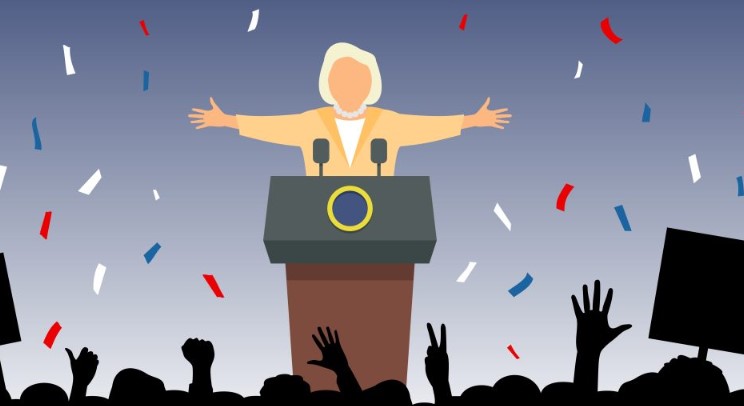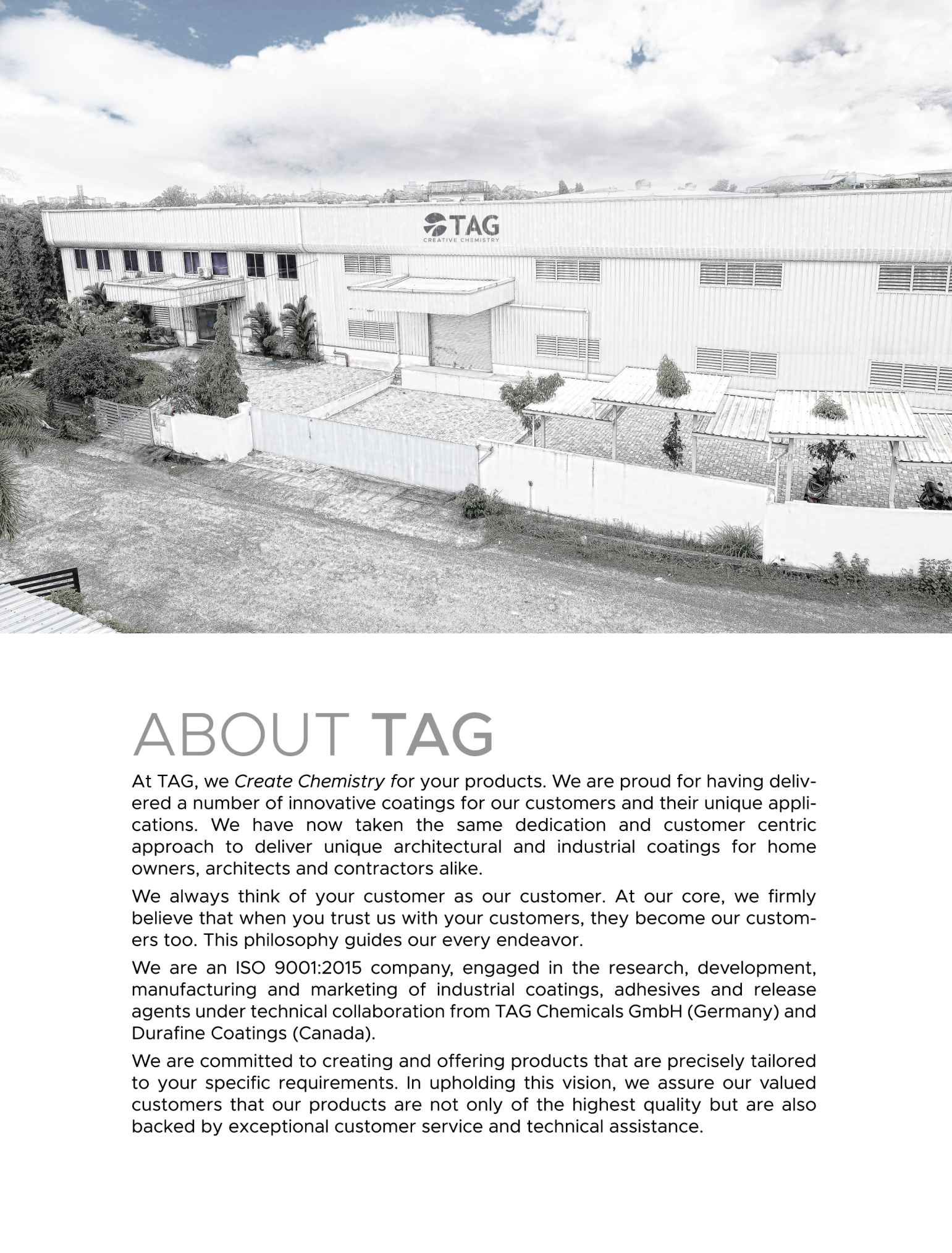
Back to ‘political’ economy
- July 13, 2024
- 0
The electorate has sent a clear message that Hindutva, nationalism, and welfarism are not enough of a draw anymore. The first two don’t put food on their plate. The third delivers a bare minimum. But which voter, exposed to an aspirational lifestyle streaming from Instagram, Facebook, and entertainment serials is interested in the bare minimum? Yeh Dil Maange More.
The farmers want higher prices for their produce, the youth want employment, mothers desire education for their children, and wageearners expect higher wages. Can any political formation deliver these?
When Mr Modi became Prime Minister in 2014, he made many promises. One of them was that farmers would get more than half the cost of production as profit. In 2016, he announced something even more lucrative: Farmers’ income would double in six years.
Inflation in health care and education, which impacts every citizen, is in double digits while the official inflation rate is under 5 per cent.
Through fallacious logic, a K-shaped recovery was dismissed as a better alternative than everyone getting poorer.
Now, the elites are suddenly worried about what else the unwashed masses would do if they remain unhappy with 5kg of ration per month.
The only answer is a fundamental transformation, not more welfarism.
One part of the transformation is empowering the private sector, which alone can establish a long-term sustainable cycle of job creation. Govt. should worship the job-creating business, rather than the other way around.
Ten years ago when Mr Modi came to power, the hope was that he would end crony capitalism and rampant corruption, which flourished under the Congress-led coalition government; and it would be replaced by a rule-based regime, which would cut taxes and the red tape, and encourage entrepreneurship.
Instead, the climate for “doing business” remains forbidding, taxtortion is still rife, corruption at state and district levels has increased, oil prices remain extortive with high taxation, and the continued red tape has kept the enterprise system as stifled as before. There has been little progress on 100 smart cities, while the existing ones are bursting at their seams, further sapping the productivity of the people and businesses.
Does anyone expect these markers to improve now under a climate of more politics and less economy? Or will we just muddle along as we have done in the past?
👇 Please Note 👇
Thank you for reading our article!
If you don’t received industries updates, News & our daily articles
please Whatsapp your Wapp No. or V Card on 8278298592, your number will be added in our broadcasting list.



































































